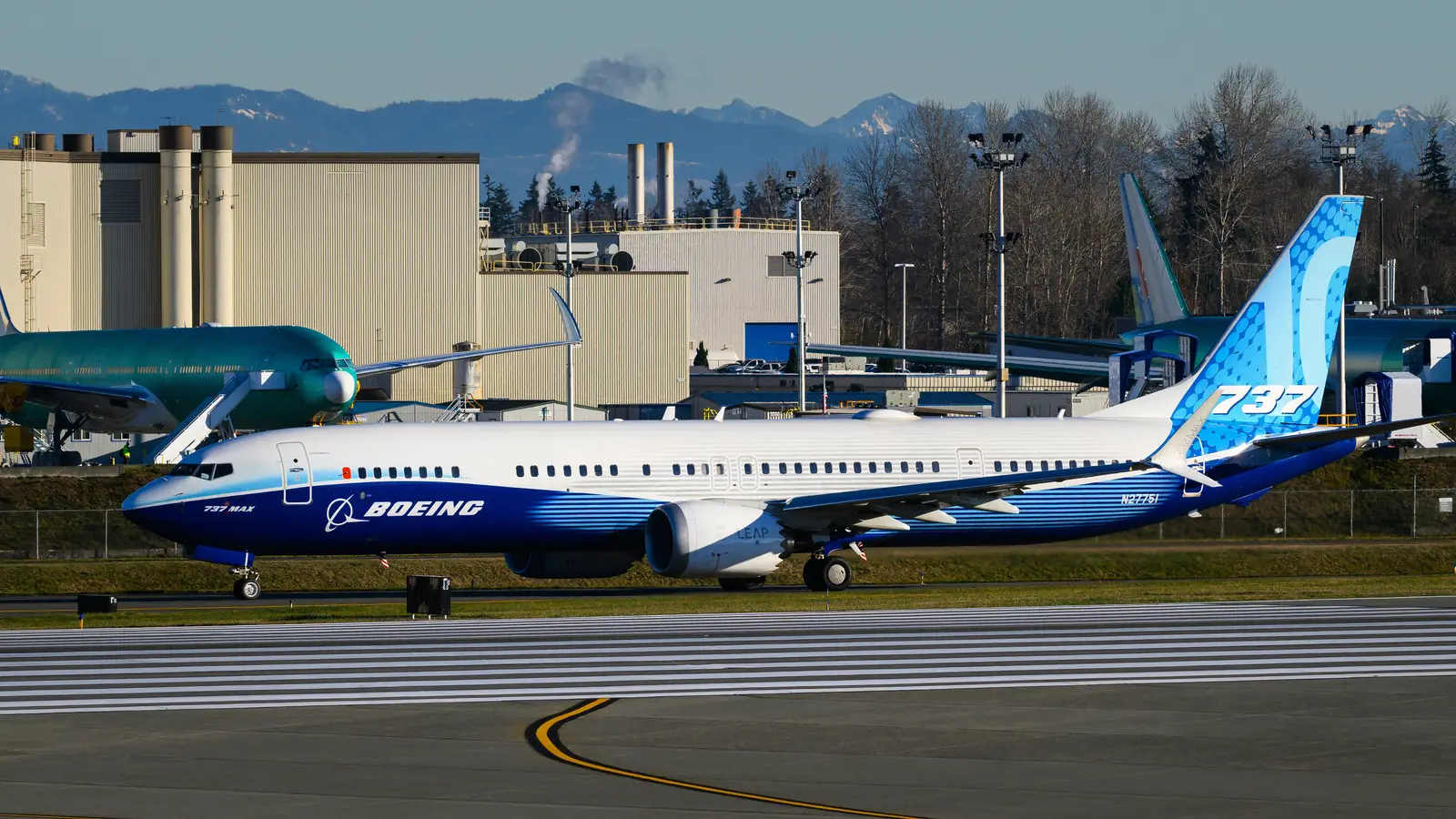
The Federal Aviation Administration (FAA) has proposed a civil penalty of $3.1 million against Boeing, citing a series of safety violations uncovered between September 2023 and February 2024. This is mainly due to events relating to the Alaska Airlines AS1282 door-blowout in January 2024, along with other lapses in production quality control.
FAA’s inspection found hundreds of violations of its quality system rules at Boeing’s Renton, Washington, plant and at a Spirit AeroSystems facility in Wichita, Kansas. Among the infractions, regulators most notably say Boeing submitted two aircraft for airworthiness certifications even though they failed to meet compliance standards. Boeing has 30 days to respond.
Looking At Boeing’s Violations
Central to the case was the Alaska Airlines incident, where a door plug panel detached shortly after takeoff from Portland, Oregon, in January 2024. Investigators discovered that four critical bolts meant to secure the plug were missing entirely, pointing to systemic failures in Boeing’s assembly checks. For regulators, the event became a symbol of what can happen when production speed is prioritized over rigorous quality assurance.
Not only that, but inspectors alleged that Boeing allowed two 737 MAX aircraft to move forward in the certification process despite not meeting required standards, a violation of federal airworthiness regulations. These findings directly undercut the trust regulators place in manufacturers to ensure compliance before presenting jets for final approval.
The FAA further pointed to evidence that Boeing’s internal compliance culture had broken down under schedule pressure. The allegation that an employee attempted to influence an internal oversight representative, part of the company’s Organization Designation Authorization (ODA) unit, raised serious red flags. Regulators have long been concerned about potential conflicts of interest in ODA structures, and this case reinforces their view that stricter oversight may be needed.
The Impact On Boeing
For Boeing, the fine itself may be relatively modest compared to the billions of dollars in costs associated with delivery delays and production slowdowns. Symbolically, however, it represents a significant hit in reputation for the recently beleaguered manufacturer. The FAA continues to cap monthly deliveries of the 737 MAX, a measure designed to force Boeing to prove that it can sustain consistent quality before returning to full production rates.
Airlines waiting for new aircraft deliveries remain directly affected by these constraints. With demand for narrowbodies at record levels, every month of delayed output creates ripple effects across airline fleets and schedules. For Boeing’s customers, the regulatory spotlight is a reminder that delivery timelines now depend as much on oversight approvals as on factory throughput.
Boeing has said it is committed to implementing its Safety and Quality Plan, developed in cooperation with the FAA, to address these systemic problems. This includes new training protocols, additional inspections, and expanded authority for quality control staff. The company has publicly acknowledged the seriousness of the violations, but its ability to execute these reforms consistently will determine how soon it regains regulatory trust.
Broader Industry And Regulatory Lessons
Delegated oversight, through the ODA program, has been a long-standing feature of FAA regulation, allowing manufacturers to certify compliance on the agency’s behalf. While efficient, this system depends heavily on internal independence and the absence of undue influence. Allegations that Boeing employees pressured ODA representatives reinforce calls from safety experts for reforms to the program.
For the FAA, the fine is both a punitive and corrective measure. By holding Boeing accountable, the regulator signals to the broader industry that shortcuts in compliance will not be tolerated, even from its largest manufacturers. It also demonstrates the agency’s willingness to escalate consequences when prior warnings fail to drive cultural change.



